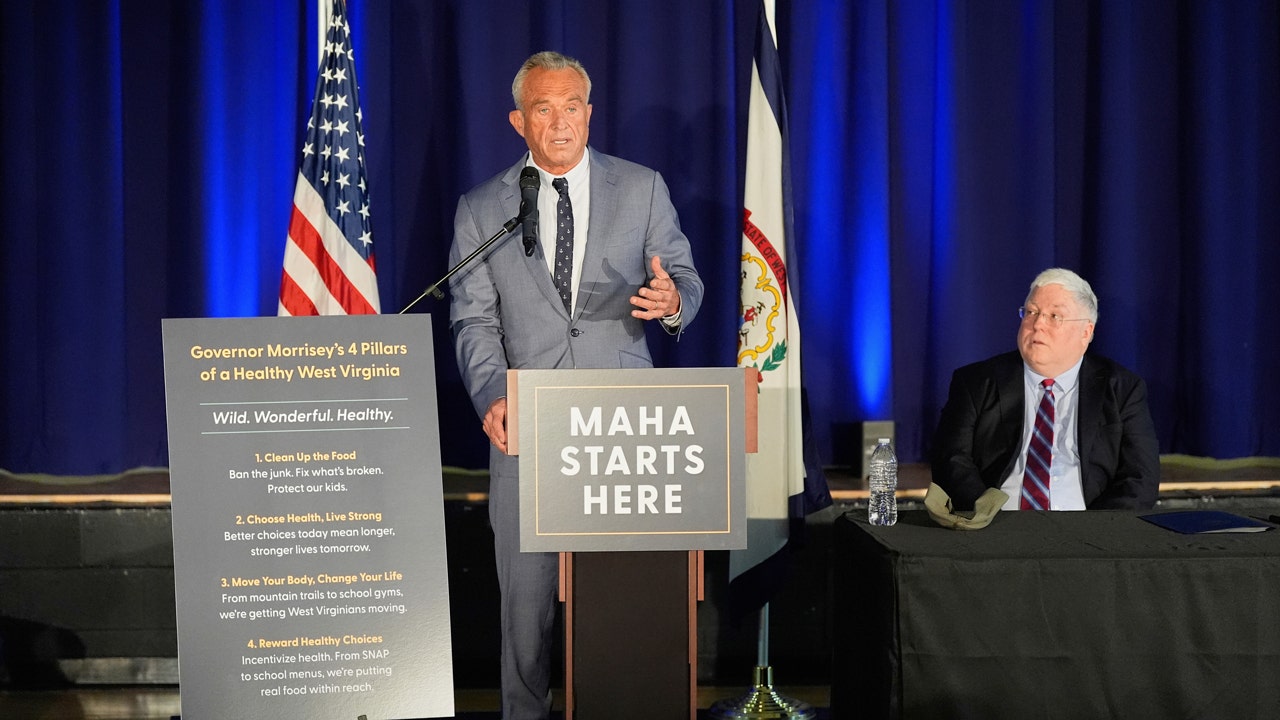This week is one of those rare moments when the news cycle is seemingly on fire, with news outlets across the board flashing urgent “updates” every few minutes. But rarely is the news cycle so consumed with breaking stories with so few topics to discuss. One of the topics is the rash of hurricanes and storms that have been pounding the East and Gulf Coasts, and understandably so. The storms were true natural disasters in every sense of the phrase and we’ll be digging out from them for some time to come.
The other topic that didn’t seem to miss a beat is the presidential election polling. Potential voters across the country, particularly those from swing states (of which there are apparently many this year) are hounded mercilessly for their latest impressions and the likelihood that they might vote for either Harris or Trump. Yet despite presumably reviewing the same data from the same pool of voters, the conclusions they draw often couldn’t be further apart. It all depends on who you ask.
For example, here’s one headline reliably informing us that Kamala Harris has overtaken Donald Trump among suburban voters. The New Republic responded by calling the poll “stunning” and saying that it could “spell Trump’s doom” next month. But BizPac Review looked at the same results and declared that “voters trust Trump over Harris on most important issue.” From a different survey, Axios proclaimed that the Dems’s “blue wall is showing cracks,” based on recent polling in Pennsylvania. A variety of outlets seized on that one to declare that Trump is “surging into the lead.” (That seems like a bit of a leap from a few cracks in the blue wall.
Other examples abound. If your preference is for one of these candidates to win, you can sort through all of this messy polling and find an opinion that you’d probably prefer to read. But how much of it is true and how much of it is biased propaganda? The reality is that the polls in these swing states are incredibly close this year. (Far closer than they have any right to be in my humble opinion.) Many of them land inside the margin of error, meaning that the next set may wind up going in the other direction. That’s why polls include margins of error.
In the end, nothing really matters except for how well each candidate does in getting their voters out to vote on election day. So in a race like this, it’s probably helpful to put away the poll analysis sheets for a while and just focus on registering voters and making sure that they show up on election day. That probably sounds rather cynical, but sometimes the cynics can teach us quite a bit.
Read the full article here









![Dem Candidate Praising Radical Leader After Anti-White, Anti-Semitic Tirade [WATCH] Dem Candidate Praising Radical Leader After Anti-White, Anti-Semitic Tirade [WATCH]](https://www.lifezette.com/wp-content/uploads/2025/03/2025.03.28-03.05-lifezette-67e6baa9b7a4c.jpg)